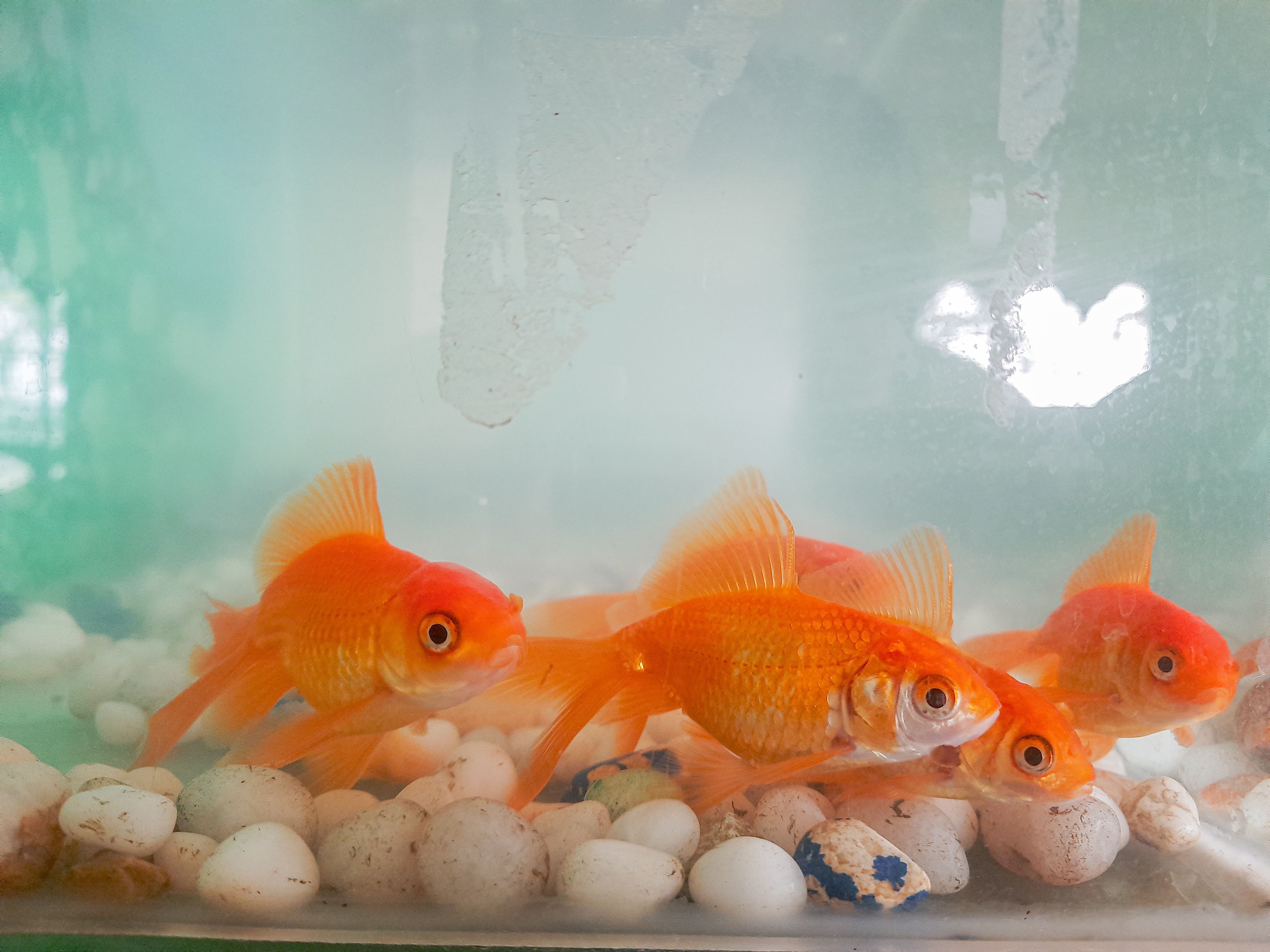COMPARATIVE ASSESSMENT ON GROWTH PERFORMANCE OF GOLDFISH (CARASSIUS AURATUS LINNEAUS 1758) FED WITH LOCALLY FORMULATED, MIXED AND IMPORTED FEED
Keywords:
Cost-benefit, feed, growth performance, ornamental fish, water qualityAbstract
Feed is a critical input for improving production and minimizing the cost of production in ornamental fish farming. This study compared the growth performance and economic feasibility of different feeds on the goldfish (Carrasius auratus). The experiment was done in a completely randomized block design, with three treatments; imported feed (T1), locally formulated feed using mustard cake, rice bran, and wheat (T2), and a 50:50 mixture of local and imported feeds (T3). A total of 45 juvenile goldfish (8-15g) were randomly selected and assigned to three treatments (T1, T2, and T3), each with three replicates. A total of nine glass aquariums were used and the fish were fed twice daily at 2% of fish biomass. The body weight and body lengths were measured at day 0 and after every 30 days for 90 days. Likewise, pH, dissolved oxygen, and temperature were recorded twice daily. The mean percentage of weight gain was significantly higher (p = 0.108) in T1 (88.28 ± 5.66%) as compared to T2 (26.40± 5.58%) and T3 (39.43 ± 3.88%). The difference in the mean percentage of length gain across treatments was insignificant (p = 0.4), although it was highest in T1 (26.10±4.47%) followed by T2 (21.17±3.47%) and T3 (22.10±3.95 %). Moreover, the insignificant difference in the water quality parameters among treatments (p > 0.05) suggests no deterioration in the analyzed water quality parameters. Cost-benefit analysis showed T2 was more profitable (Nu. 274.11 per fish) compared to T1 (Nu. 270.73 per fish) and T3 (Nu. 269.33 per fish). The study concludes that better growth performance is achieved with T1 compared to T2 and T3 but T2 can significantly reduce the cost of production. Similar studies should be done to better understand the growth performance of goldfish by increasing the protein content in feed as well as including more than one protein source.

Downloads
Published
License
Copyright (c) 2024 Bhutan Journal of Animal Science

This work is licensed under a Creative Commons Attribution 4.0 International License.





